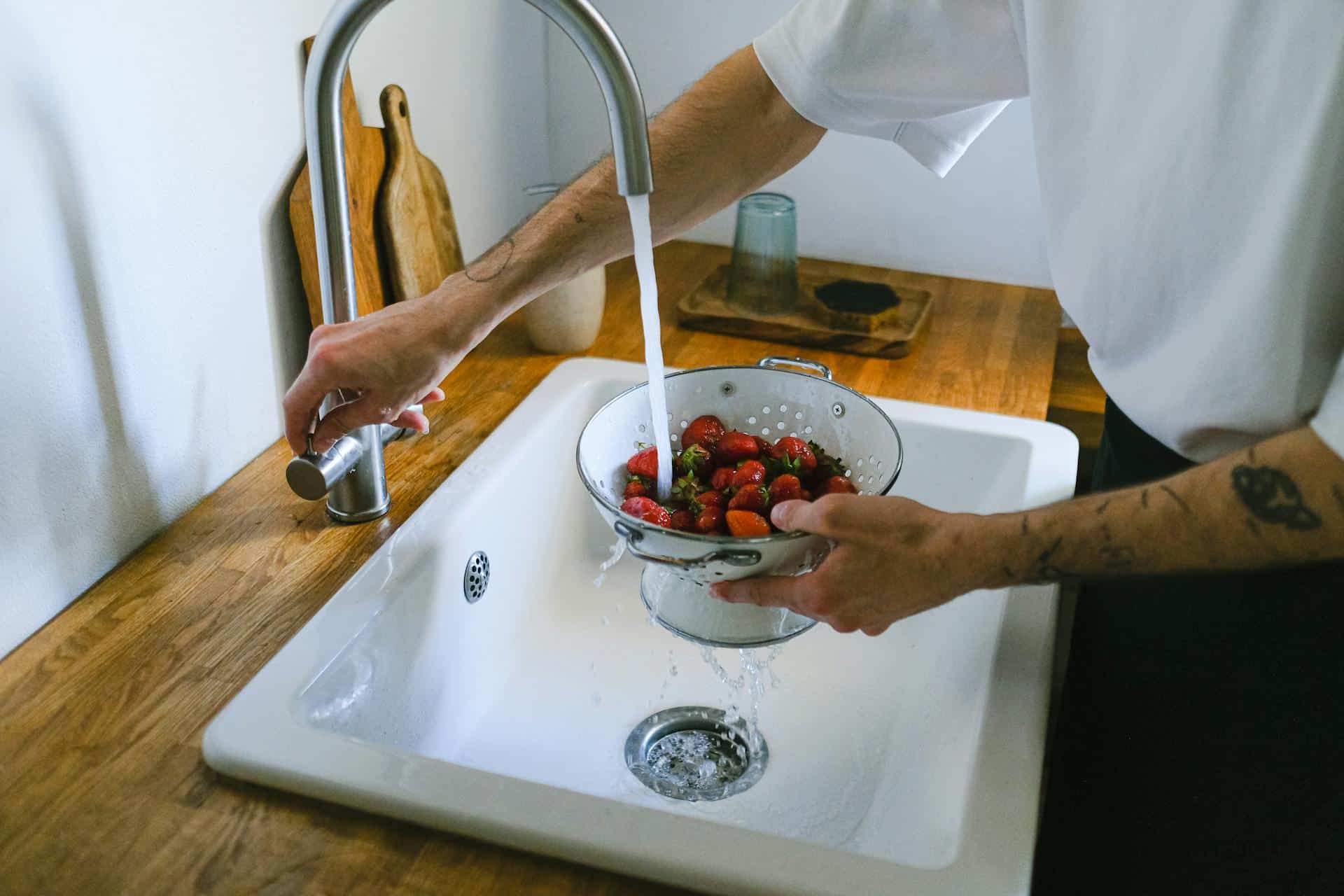
Question: Do I Need a Plumber to Fit a Kitchen Tap?
Answer: While fitting a kitchen tap is possible DIY, if you’re unsure about plumbing, it’s best to hire a professional to avoid potential leaks or damage.
Kitchen Tap Installation: A DIY Project or Call a Professional?
Replacing a kitchen tap can improve your kitchen’s look and function. You might wonder if you need a plumber for this task. This article helps you decide if you can handle the job yourself or if you need professional help.
Assessing Your DIY Skills
Installing a kitchen tap involves basic plumbing. You will work under the sink. You will connect water supply lines and secure the new tap. Consider your comfort level with these tasks. Do you have experience with plumbing repairs? Are you comfortable using tools like wrenches and pliers? Honest self-assessment will guide your decision.
Assess the complexity of the installation. A standard tap replacement is often straightforward. However, some installations require more advanced skills. If your plumbing system is old or if you plan to change the tap’s configuration, you might need a plumber. Consider the tap type. Installing a single-lever tap differs from installing a two-handle model or a tap with a separate sprayer. Each type has specific connection requirements.
Click here for more information on cabinet refinishing Toronto
Related Article: Can You Install a Kitchen Tap Yourself?
Related Article: Why Does My Kitchen Tap Have Three Pipes?
Tools and Materials Required
Gather necessary tools and materials before starting the installation. You will need an adjustable wrench, pliers, basin wrench, screwdriver, and plumber’s tape. Have a bucket handy to catch any remaining water in the lines. Purchase new water supply lines if the old ones are worn or damaged. Check the new tap’s packaging for specific installation requirements. Some taps require specialized tools or adapters. Having everything ready will simplify the process.
Refer to the manufacturer’s instructions for your specific tap model. These instructions provide detailed guidance for the installation process. They also list required tools and materials. Keep the manufacturer’s instructions readily available throughout the installation process. Consulting them will help avoid common mistakes.
Potential Problems and Solutions
Several common problems can occur during tap installation. Leaks are the most frequent issue. A loose connection often causes leaks. Ensure all connections are tight. Apply plumber’s tape to the threads of the supply lines for a better seal. If leaks persist, you may need to replace the supply lines or call a plumber.
Another problem is difficulty removing the old tap. Corrosion or mineral buildup can make it hard to loosen the nuts. Use penetrating oil to help break the corrosion. Allow the oil to soak in before attempting to loosen the nuts again. If you still cannot remove the old tap, you may need a professional plumber’s assistance. Damaged supply lines can also cause problems. Inspect the supply lines before starting the installation. Replace any damaged lines.
When to Call a Plumber
While many people can successfully install a kitchen tap themselves, some situations require a plumber. If you are uncomfortable working with plumbing, call a plumber. It’s better to be safe than sorry. If your plumbing system is old or complex, a plumber has the expertise to handle potential challenges. If you encounter problems you cannot solve, such as persistent leaks or a stuck old tap, don’t hesitate to call a plumber.
If you are unsure about any aspect of the installation process, contact a qualified plumber. A plumber can ensure the job is done correctly and safely. Attempting a DIY repair beyond your skill level can lead to more significant problems and costly repairs down the line. Sometimes, peace of mind comes with knowing a professional has handled the job.
Choosing the Right Plumber
If you decide to hire a plumber, choose a licensed and insured professional. Ask for recommendations from friends or family. Check online reviews to find reputable plumbers in your area. Get quotes from several plumbers before making a decision. Compare the quotes and services offered. Ask about their experience with kitchen tap installations. A qualified plumber will provide a clear explanation of the work involved and the associated costs.
Confirm the plumber’s availability. Ask about their estimated timeframe for completing the installation. A reliable plumber will respect your time and schedule. Communicate your needs and expectations clearly. Ensure the plumber understands your specific requirements for the tap installation. Open communication ensures a smooth and satisfactory experience.
Conclusion
Installing a kitchen tap can be a manageable DIY project for many. However, knowing your limits is crucial. Assess your skills and the project’s complexity. If you are uncertain or encounter issues, contact a qualified plumber. A professional ensures a correct and safe installation. Whether you choose DIY or professional installation, a new kitchen tap will improve your kitchen’s functionality and appearance. [ 1 ]
References
1. https://www.homedepot.com/c/ah/how-to-install-a-kitchen-faucet/9ba683603be9fa5395fab904f5b3ed0/

Blue Malue Get in touch with Blue here.
